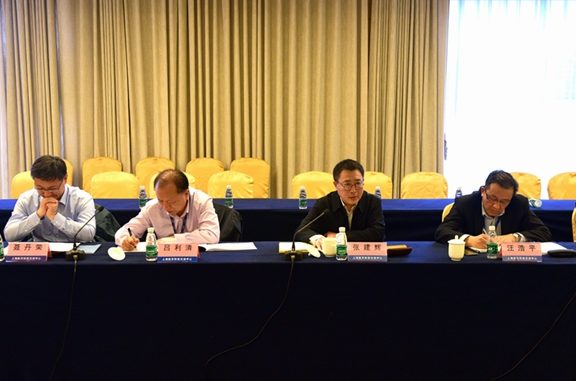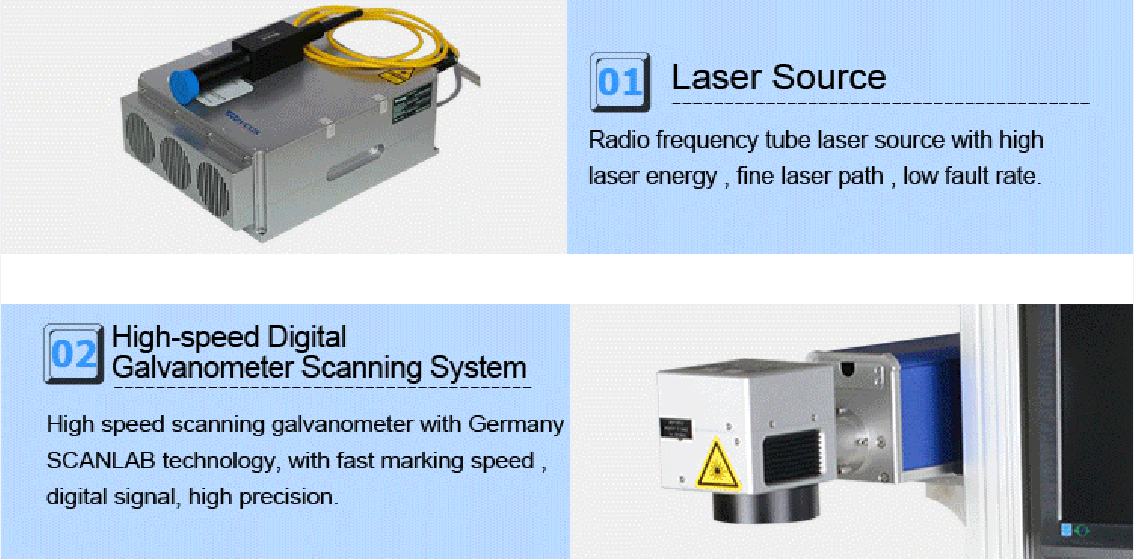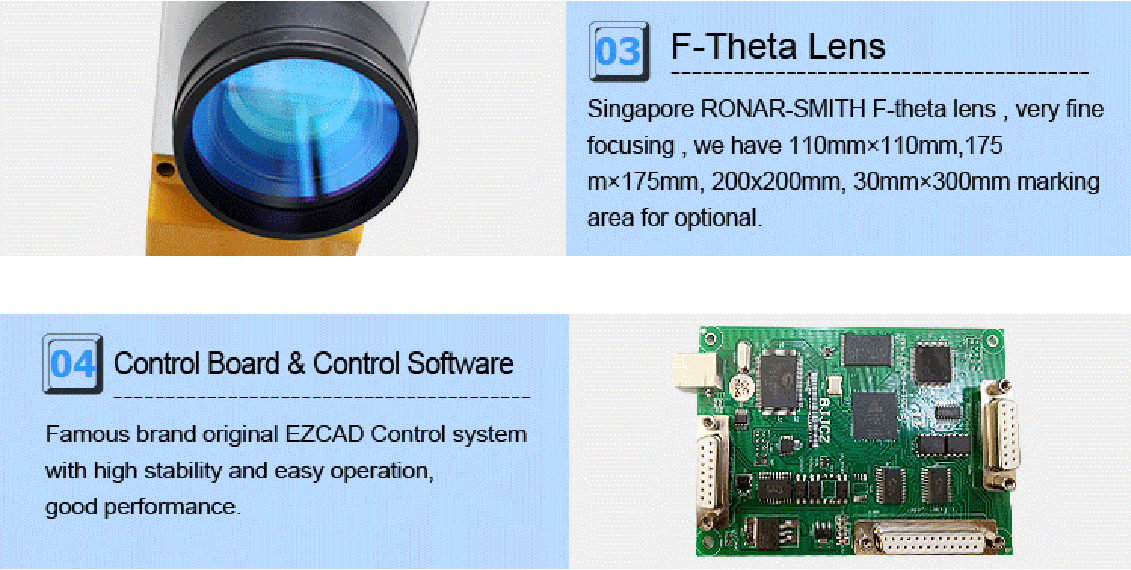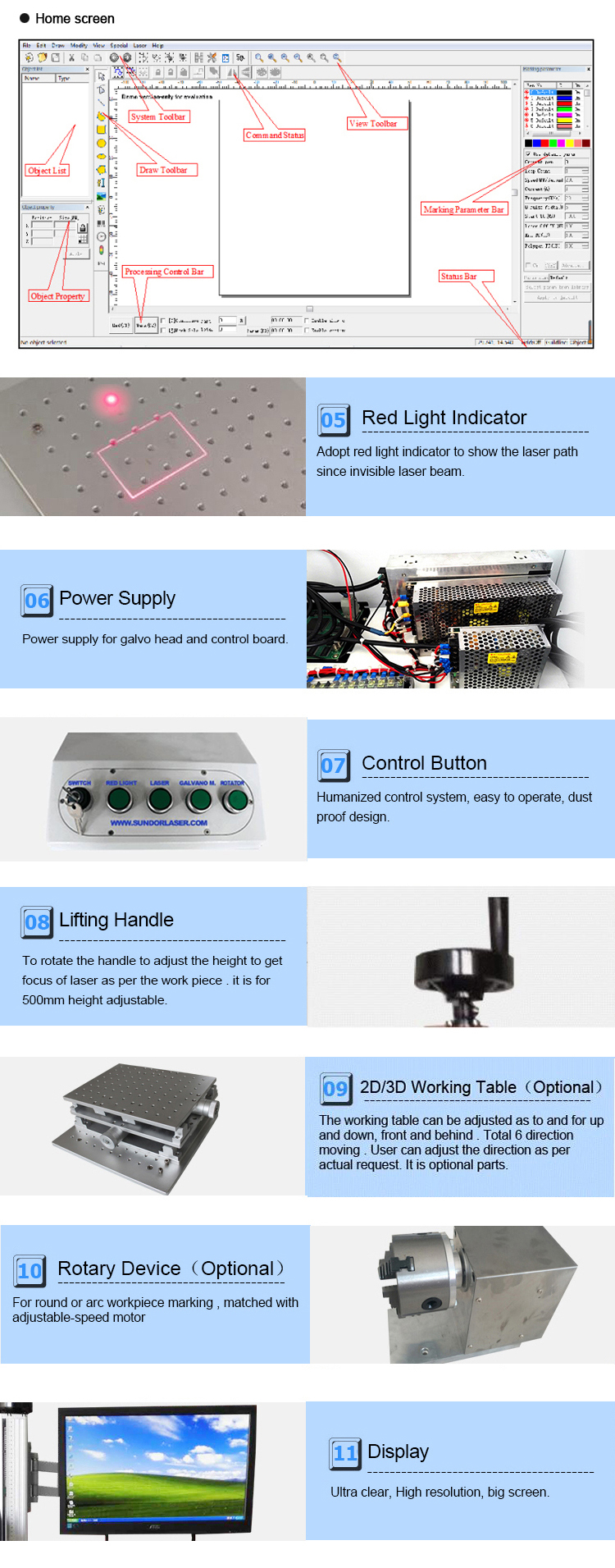[ Instrument Network Instrument Development ] On November 7, Shanghai Aerospace Technology Research Institute organized a high-precision greenhouse gas detection satellite (DQ-2 satellite) development and start-up meeting in Shanghai, officially launching the satellite's load development task. The Hefei Research Institute undertook the task of developing two payloads.

The DQ-2 satellite is a business star planned in the National Medium and Long Term Development Plan for Civil Space Infrastructure (2015-2025). It has a combination of active and passive methods to obtain high spectral resolution, high time resolution greenhouse gases, polluting gases and aerosols. Remote sensing capability of atmospheric elements. The DQ-2 satellite is equipped with five payloads. The ultraviolet hyperspectral atmospheric composition detector, cloud and aerosol imager are undertaken by the Environmental Optical Center and Optical Remote Sensing Center of Anhui Institute of Optics and Fine Mechanics, Chinese Academy of Sciences.
The UV hyperspectral atmospheric composition detector has independent nadir and edge observation modules, which are mainly used to quantitatively monitor the distribution and changes of global/regional trace pollutant gases (O3, NO2, HCHO and SO2, etc.) to obtain atmospheric traces. The high spatial resolution horizontal distribution and vertical profile of the gas monitor the airborne and global air quality changes and the distribution and transport processes of polluting gases, and analyze the effects of human activity emissions and natural emissions processes on atmospheric composition and global climate change. The spatial resolution of the ground reaches 7 km, the resolution of the edge is 2 km, the accuracy level of the kilometer level, the vertical spatial resolution and other technical indicators identify the pollution source location, the quantitation point/area source emission flux, and the inter-regional interaction. Etc. has an important role.
The cloud and aerosol imager provides atmospheric aerosol and cloud detection by acquiring multi-angle multi-spectral polarized radiation data from the Earth's atmosphere, providing information on the characteristics and temporal and spatial distribution of global aerosols and clouds. By improving the spatial resolution of data information, the instrument will improve the cloud and aerosol refinement detection capabilities, provide relevant environmental parameters for high-precision inversion of greenhouse gases, and reduce the probability of cloud pollution in order to improve the effectiveness of satellite remote sensing data. At the same time, it can provide data support for the monitoring of particulate matter pollution in the atmosphere.
As the chief commander of the two load developments, Vice President Liu Jianguo of Hefei Research Institute said that although the DQ-2 satellite is a business satellite with scientific research nature, the time is tight and the task is heavy, but it will definitely lead the Anhui Optical Machinery load development team to overcome difficulties and do Good resource planning and guarantee, ensure that the three major processes of planning, technology, and production and maintenance are carried out smoothly, and go all out to complete the task of load development. The launch of the two load development tasks of the DQ-2 satellite marked the further improvement of the space load development capability of the Anhui Institute of Optics and Mechanics of Hefei Research Institute, and stood firm in the environmental monitoring load development team.
It is reported that after the on-orbit operation of the high-precision greenhouse gas integrated detection satellite, it will greatly enhance the greenhouse gas monitoring coverage efficiency and quantitative remote sensing monitoring accuracy in the global and key regions, and effectively support China's global climate change management, environmental diplomacy and performance, and save energy. Important functions such as emission reduction, greenhouse gas and pollution gas joint prevention and control provide data support.
Laser Marking Machine Series
Laser Marking Machine include CO2 Laser Marking Machine and Fiber Laser Marking Machine, be used for all kinds of metal and nonmetal materials and industry.
1) CO2 Laser Marker s adopt world famous digital laser scanning head, this Co2 laser markers are quite suitable for users requiring highest precision and fastest speed batch production, tags, nameplate, logos.
Co2 laser markers are widely used in the field of non-metal field, such as: garment & shoes engraving, fabric cutting, medical packaging, handicrafts & gift, food printing, soft drink printing, cigarette code, beverage packaging tobacco printing, rubber marking machine, acrylic marker, water bottle marker, marking on plastic, leather engraving industries.
2) Fiber Laser Marking Machines for High Speed Applications
Fiber laser marking machines are engineered for high speed beverage, pharmaceutical and extrusion manufacturers who need to code data such as expiry information, lot and batch numbers, and other critical production information. Providing an industrial solution for product identification and traceability, our Fiber Laser Marking Systems allow manufacturers to mark or engrave serial numbers, bar codes, 2D Data Matrix and graphics on the widest variety of materials, including metals, plastics and ceramics.



Laser Marking Machine Series
Laser Marking Machine ,Fiber Laser Marking Equipment,Laser Marker,Laser Marking Equipment
Shandong U-May CNC Technology Co., Ltd. , https://www.sesamecnc.com



